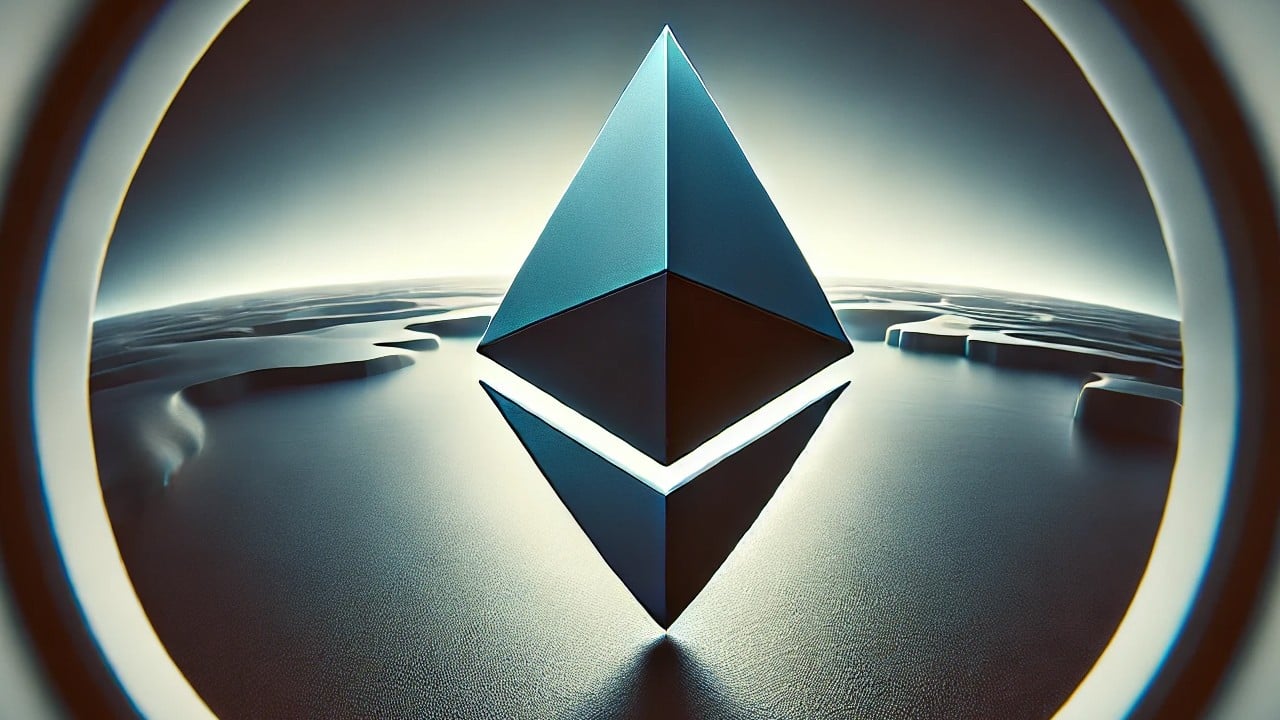Today, the Ethereum community finds itself grappling with a notable downturn in the value of its native cryptocurrency, Ether (ETH). As market participants anxiously monitor the charts and trading platforms, the question echoing through online forums and financial news outlets is a resounding “Why is the Ethereum price down today?”
Ethereum tanks ahead of the weekend market effect
On December 16, the price of Ethereum fell after failing to break above the $2,320 resistance mark. The recent price drop can be ascribed to regulators’ harsh remarks, a hack that affected nearly the entire Web3 ecosystem, decreased activity in the Ethereum network, and criticism from an early Ethereum Foundation developer.
Today’s Ethereum (ETH) price is $2,247.86, with a 24-hour trading volume of $14,584,988,655.44. This indicates a -1.37% drop in the last 24 hours and a -5.10% drop in the previous 7 days.
The global crypto market cap is now $1.67 trillion, a -1.37% decrease from the last day and a 98.11% increase from a year ago. Bitcoin (BTC) has a market cap of $827 billion as of today, signifying a 49.63% crypto market dominance. Meanwhile, the market cap of stablecoins is $131 billion, accounting for 7.86% of the total crypto market cap.
Before settling in the present range of $2,190 to $2,360, Ether experienced a 40% surge. Therefore, an accumulation period may be inferred in the absence of a distinct trajectory.
The price of Ether has been significantly affected by the excitement surrounding spot exchange-traded funds (ETFs), particularly since November 9, when the $9 trillion global asset manager BlackRock announced its intention to introduce a spot Ether ETF.
On December 15, however, a regulatory development occurred when the U.S. Securities and Exchange Commission (SEC) issued a statement denying a petition submitted by the Coinbase exchange.
“Now is the time for regulatory action,” according to SEC Chair Gery Gensler, who further asserted that “crypto securities markets” are governed by existing laws and regulations.
Further disconcerting is the SEC’s most recent publication, which references “dramatic fraud, abuse, and noncompliance” in the cryptocurrency industry and emphasizes that “the investing public benefits from the registration and oversight of intermediaries.”
In response to the primary concern raised by Coinbase concerning “discretionary rulemaking,” Gensler stated that such measures are “vital to our ability to faithfully carry out Congress’s mandate.”
The ETH market
The Ethereum network is also experiencing issues, providing the possibility for alternative blockchains such as Solana and Avalanche. For example, Ethereum’s average transaction price of $9.90 is prohibitively expensive for most transactions, forcing consumers to deal with the increased complexity and hazards of layer-2 solutions.
These issues are evident in Ethereum’s total value locked (TVL), which has fallen 5% since November 30 to ETH 12.26 million, its lowest level since August 2020. Solana’s TVL increased by 14% in SOL terms during the same time period.
Nonetheless, not every DApp requires significant deposits, and even DeFi apps are optimizing their liquidity pools. As a result, one should also examine the activity in terms of volume.
It is worth noting that decentralized application volumes in Ethereum have remained below the $1.8 billion mark for more than a month, whilst the Solana network has increased to $700 million per day. Avalanche’s current daily average of $250 million may appear tiny in comparison to top blockchains, but it represents a 250% increase since late November.
Ethereum community embraces ERC-3643 tokenization standard
The ETH development team has ushered in a development that could salvage ETH’s face as a result of the price market meltdown. As it stands, the ERC-3643 Ethereum Improvement Proposal (EIP) was endorsed by the ecosystem. This advancement represents a substantial advancement in compliant asset tokenization.
The ERC-3643 protocol establishes a strong framework for tokenizing real-world assets (RWAs), securities, payment systems, and loyalty programmes. It distinguishes itself by incorporating a framework for self-sovereign identification (SSI).
This functionality validates users’ token eligibility by providing anonymous but verifiable credentials. The standard expands on ERC-20 by incorporating two essential layers of authorization to improve security and compliance.
The first layer investigates transaction receivers’ identities and eligibility. It uses ERC 734/735 standards to verify that identities contain relevant claims that have been confirmed by trustworthy claim issuers.
The second layer imposes global constraints on the token itself. Limits on daily token volume and the maximum number of token holders are among the constraints imposed to ensure regulated token circulation.





